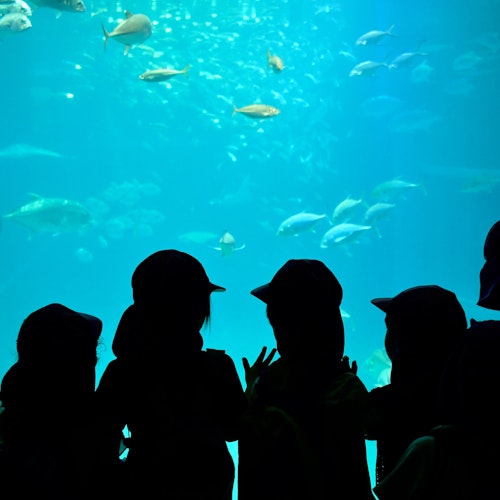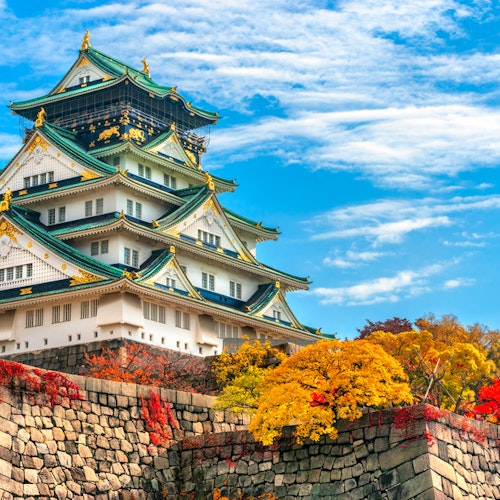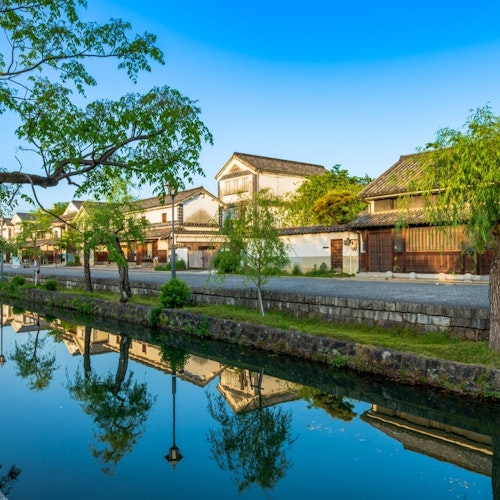
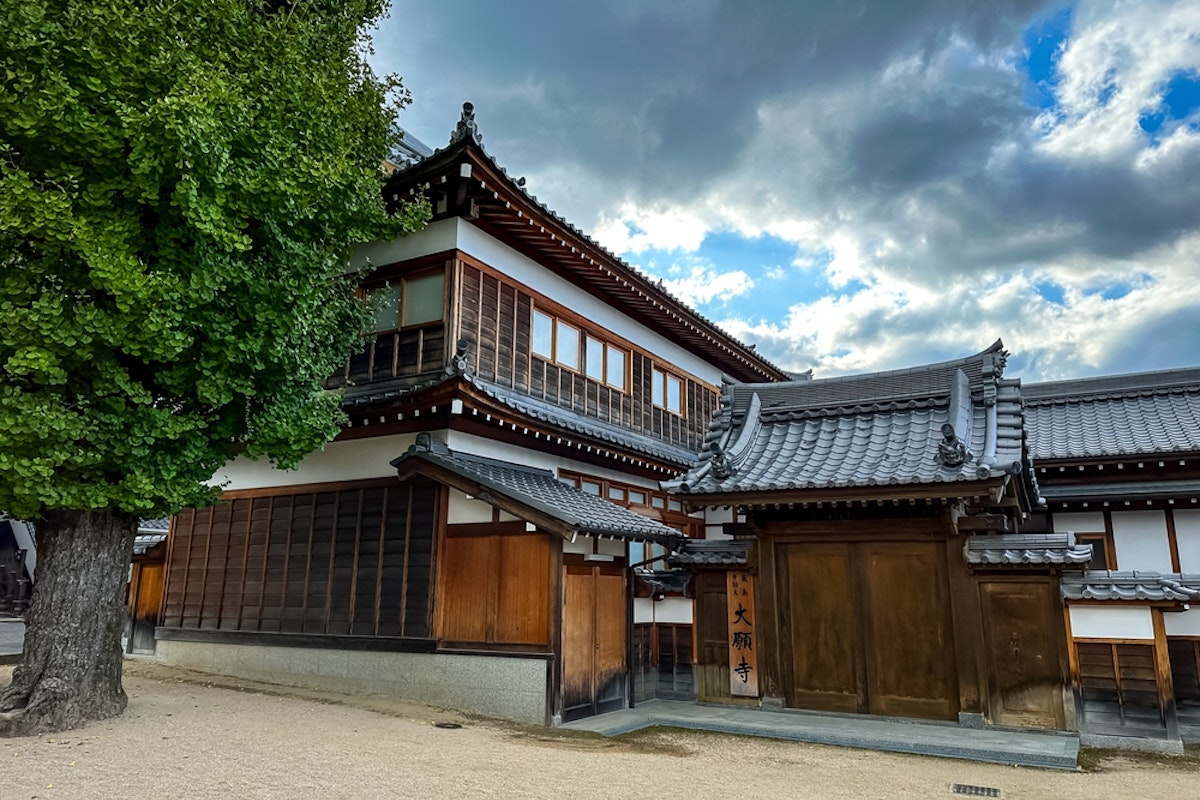
Miyajima, or “Shrine Island,” located in the Seto Inland Sea near Hiroshima, is one of Japan's most historically significant destinations. The island offers a unique combination of ancient temples, traditional crafts, and breathtaking landscapes, making it a haven for those who appreciate history and culture.
Whether you're exploring centuries-old shrines or uncovering the island’s spiritual roots, here are the top 10 attractions that bring Miyajima’s history and cultural richness to life.
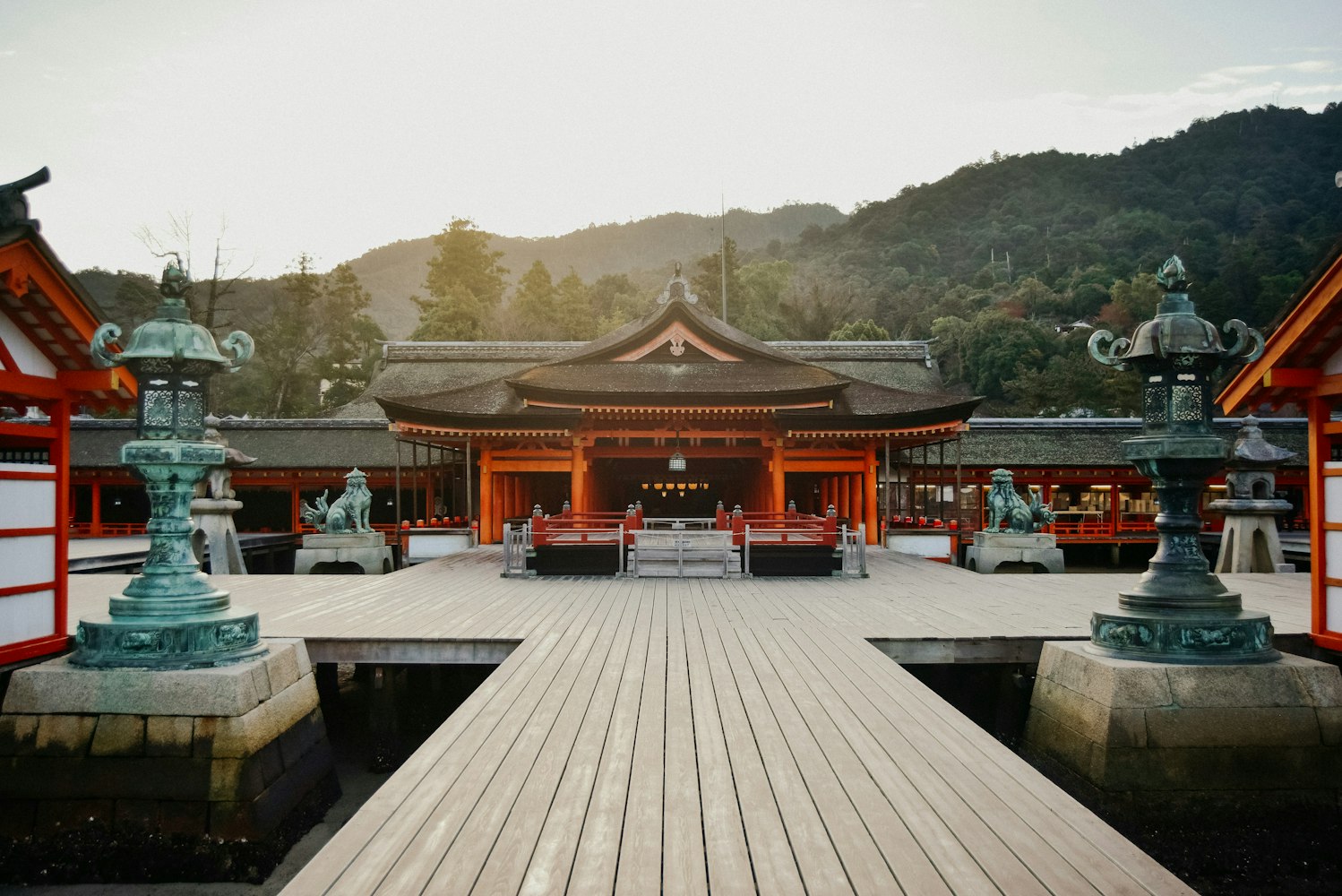
A UNESCO World Heritage site, Itsukushima Shrine is perhaps the most iconic landmark in Miyajima. Established in the 6th century and remodeled in 1168 by the warlord Taira no Kiyomori, the shrine is dedicated to the three daughters of the Shinto deity of seas and storms, Susano-o no Mikoto.
The shrine's unique construction over the water, supported by pillars, gives it the appearance of floating during high tide. This architectural design reflects the Japanese concept of harmony between human-made structures and the natural environment.
The main hall, prayer hall, and noh theater stage are connected by covered corridors, allowing visitors to explore the complex while appreciating its intricate details.
The shrine's vibrant vermilion color contrasts beautifully with the blue sea and green mountains, creating a picturesque scene that has inspired artists and poets for centuries.
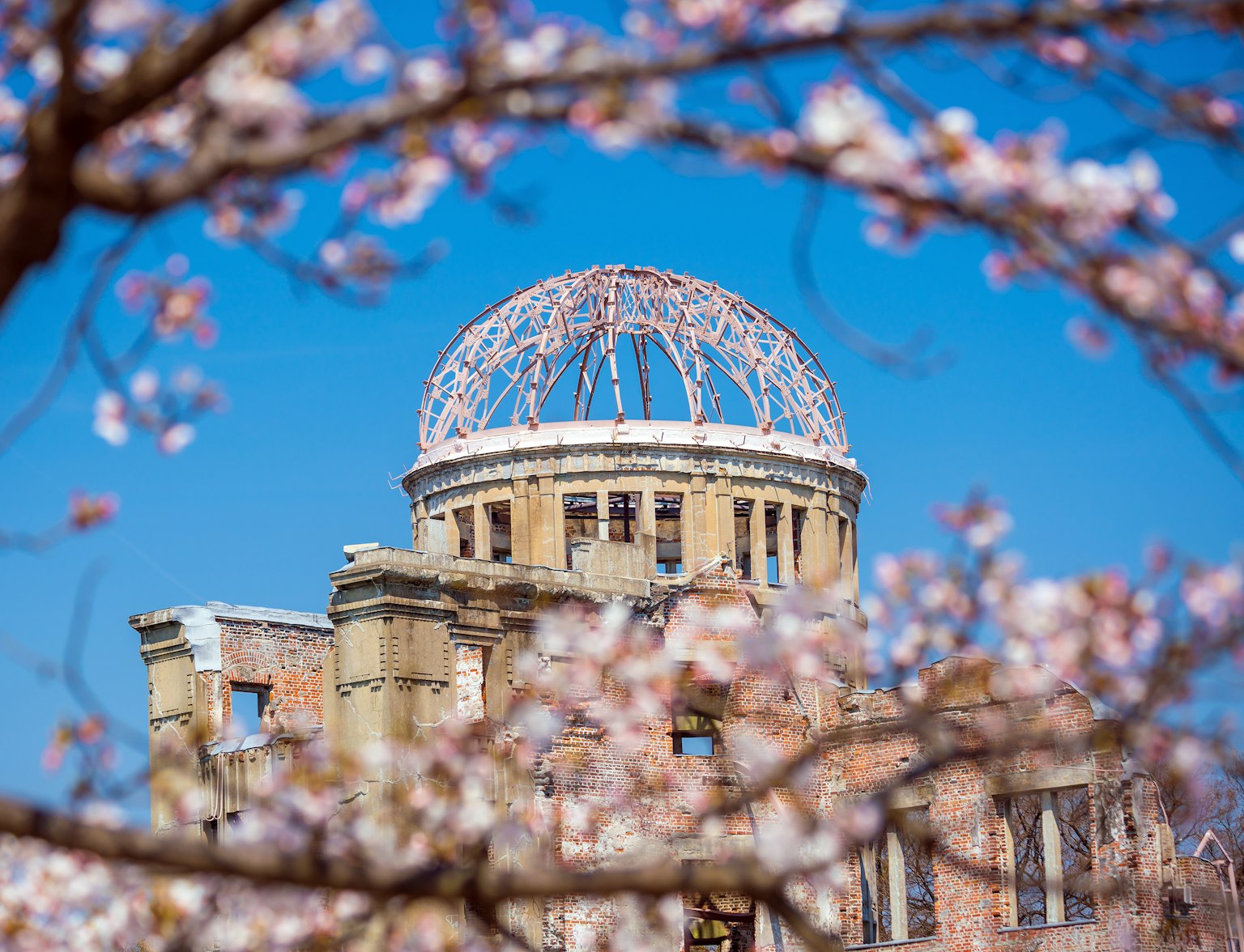
Discover the profound history and natural splendor of Hiroshima and Miyajima with this tour.
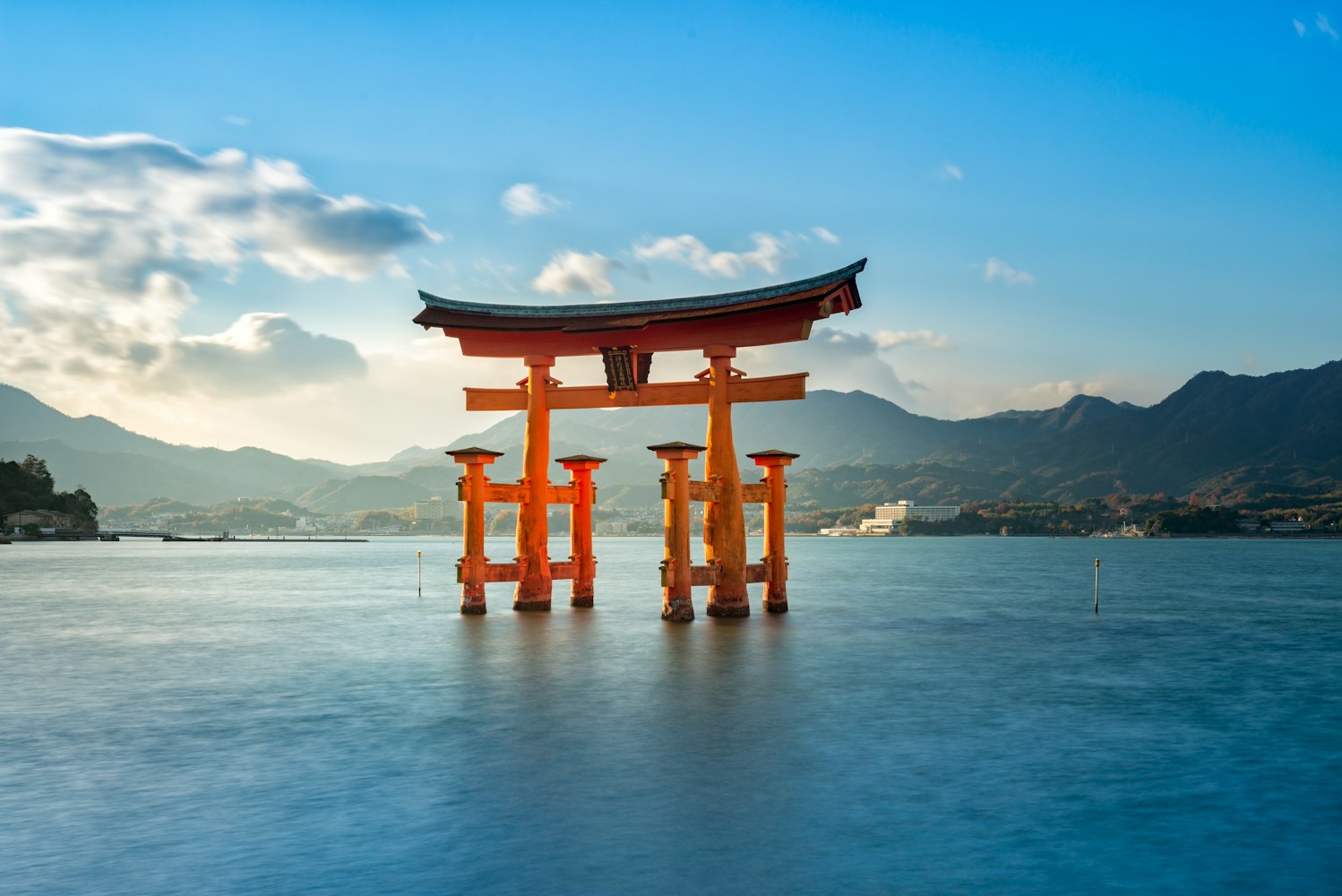
The grand torii gate of Itsukushima Shrine is one of Japan's most photographed attractions and is considered one of the Three Views of Japan, a list compiled in 1643 by scholar Hayashi Gahō. The gate, standing 16 meters tall, is made from decay-resistant camphor wood and weighs approximately 60 tons.
During high tide, the gate appears to float on the water, symbolizing the boundary between the human and spirit worlds. This ethereal sight has made it a popular subject for photographers and a symbol of Japan's cultural heritage.
During low tide, visitors can walk out to the gate, observe its massive structure up close, and even search for coins left in the cracks for good luck. The torii gate has undergone several reconstructions, with the current one dating back to 1875. Its enduring presence reflects the Japanese dedication to preserving historical landmarks.
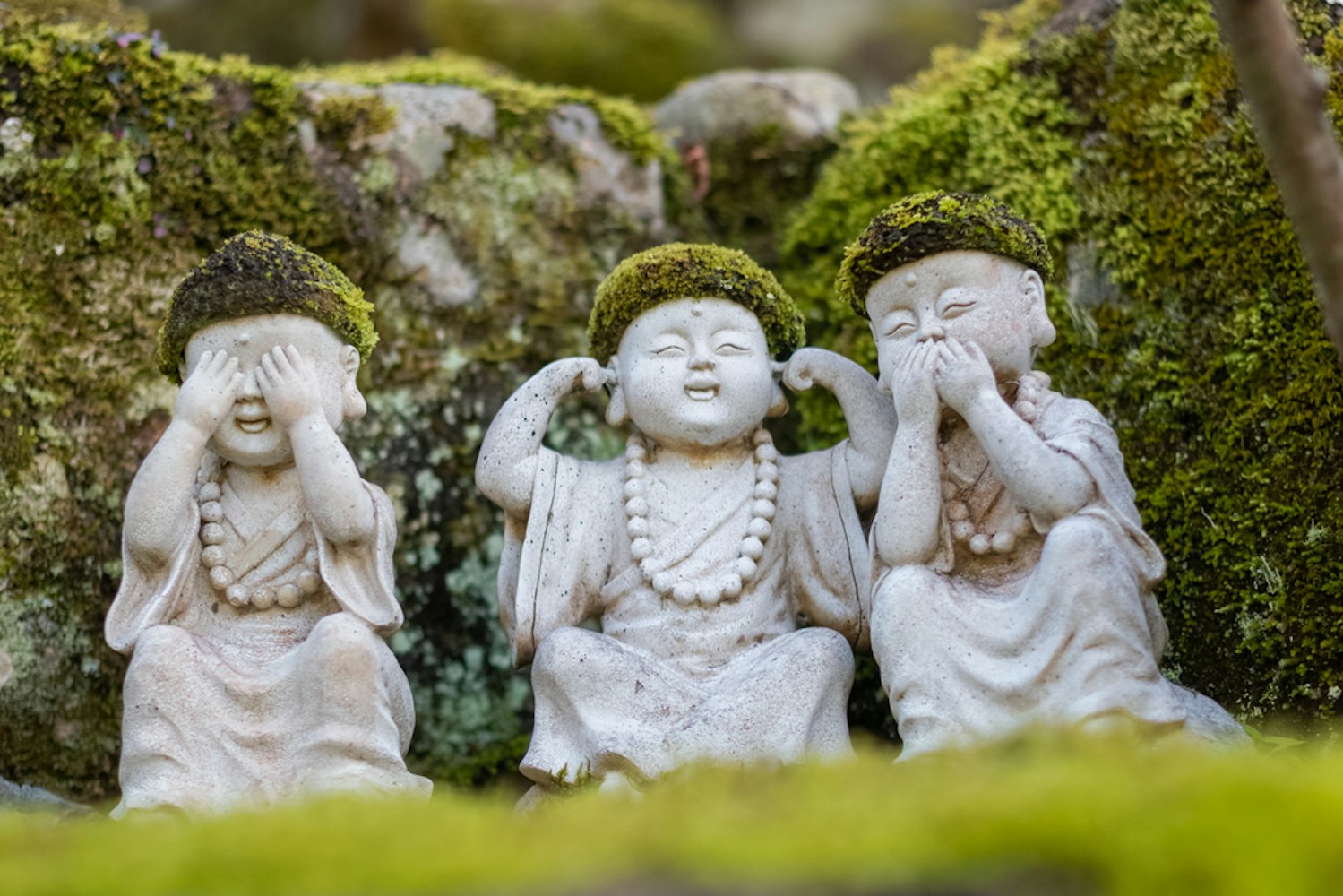
Located at the base of Mount Misen, Daisho-in is one of the most significant Buddhist temples in Miyajima and serves as the headquarters of the Omuro branch of the Shingon sect. Founded in 806 by the renowned monk Kobo Daishi (also known as Kukai), the temple played a crucial role in the spread of Buddhism in Japan.
The complex features numerous halls, statues, and a picturesque landscape adorned with stone lanterns and maple trees. One of the highlights is the Henjokutsu Cave, which houses 88 icons representing the temples of the Shikoku Pilgrimage, allowing visitors to experience the spiritual journey in a condensed form.
Along the steps leading to the temple, visitors can spin metal prayer wheels inscribed with sutras; doing so is believed to have the same effect as reading the sutras themselves. The temple also hosts various religious ceremonies and events throughout the year, offering a glimpse into traditional Buddhist practices.
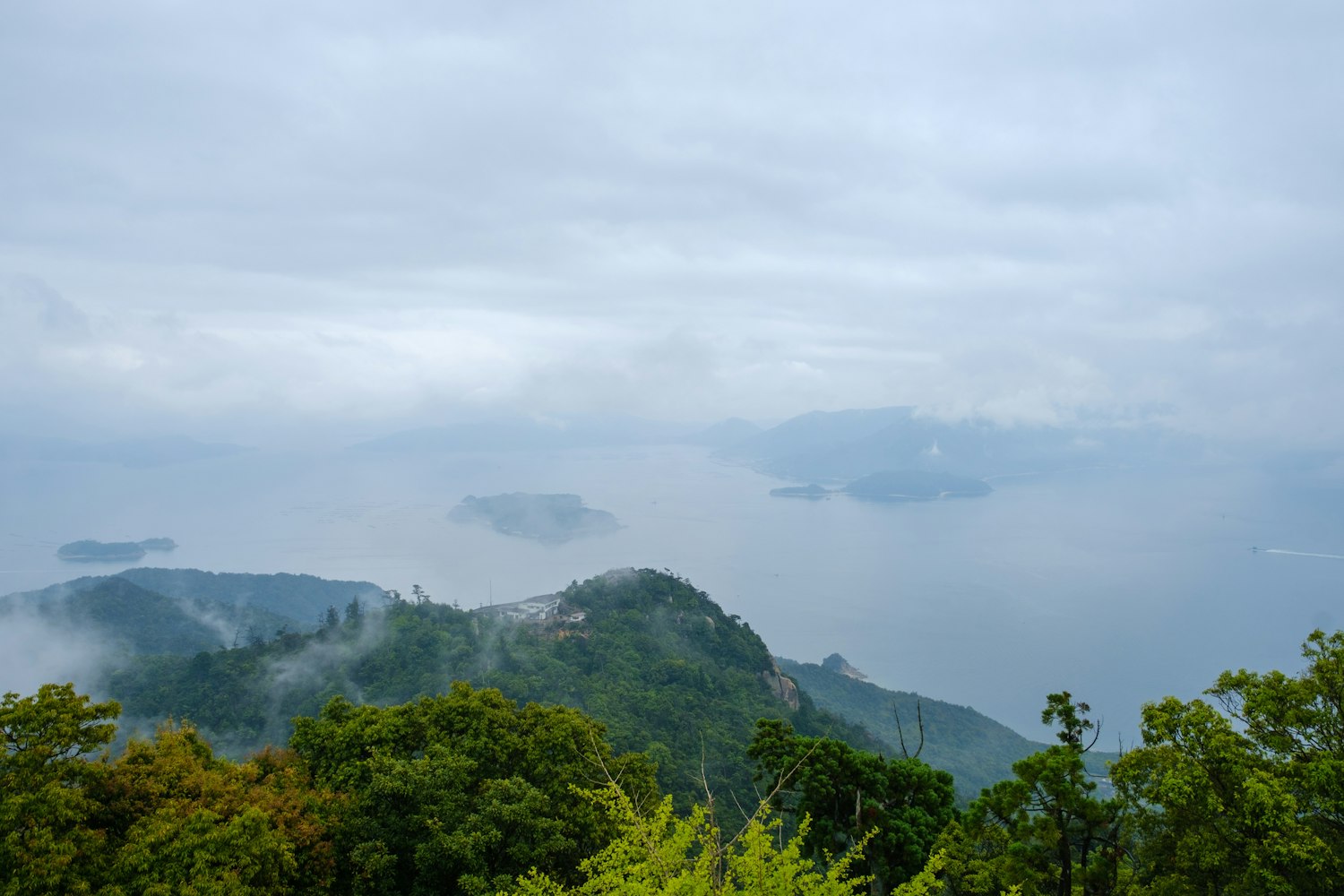
At 535 meters above sea level, Mount Misen is the highest peak on Miyajima and holds great spiritual significance. According to legend, Kobo Daishi founded the mountain's first temple and performed religious rituals here.
The mountain is home to several sites of interest, including the Misen Hondo (Main Hall) and the Reikado (Hall of the Spiritual Flame), where a sacred flame lit by Kobo Daishi over 1,200 years ago continues to burn. This flame was used to light the Flame of Peace in Hiroshima's Peace Memorial Park. The mountain's dense forests are part of a primeval forest that has remained untouched for centuries, offering a habitat for rare plant species and wildlife.
Hikers can choose from three main trails—Momijidani Course, Daisho-in Course, and Omoto Course—each offering different levels of difficulty and scenic views. The trails pass by unique rock formations, ancient trees, and offer encounters with wildlife such as monkeys and rare birds.

Experience the blend of solemn history and natural beauty of Miyajima with this tour.
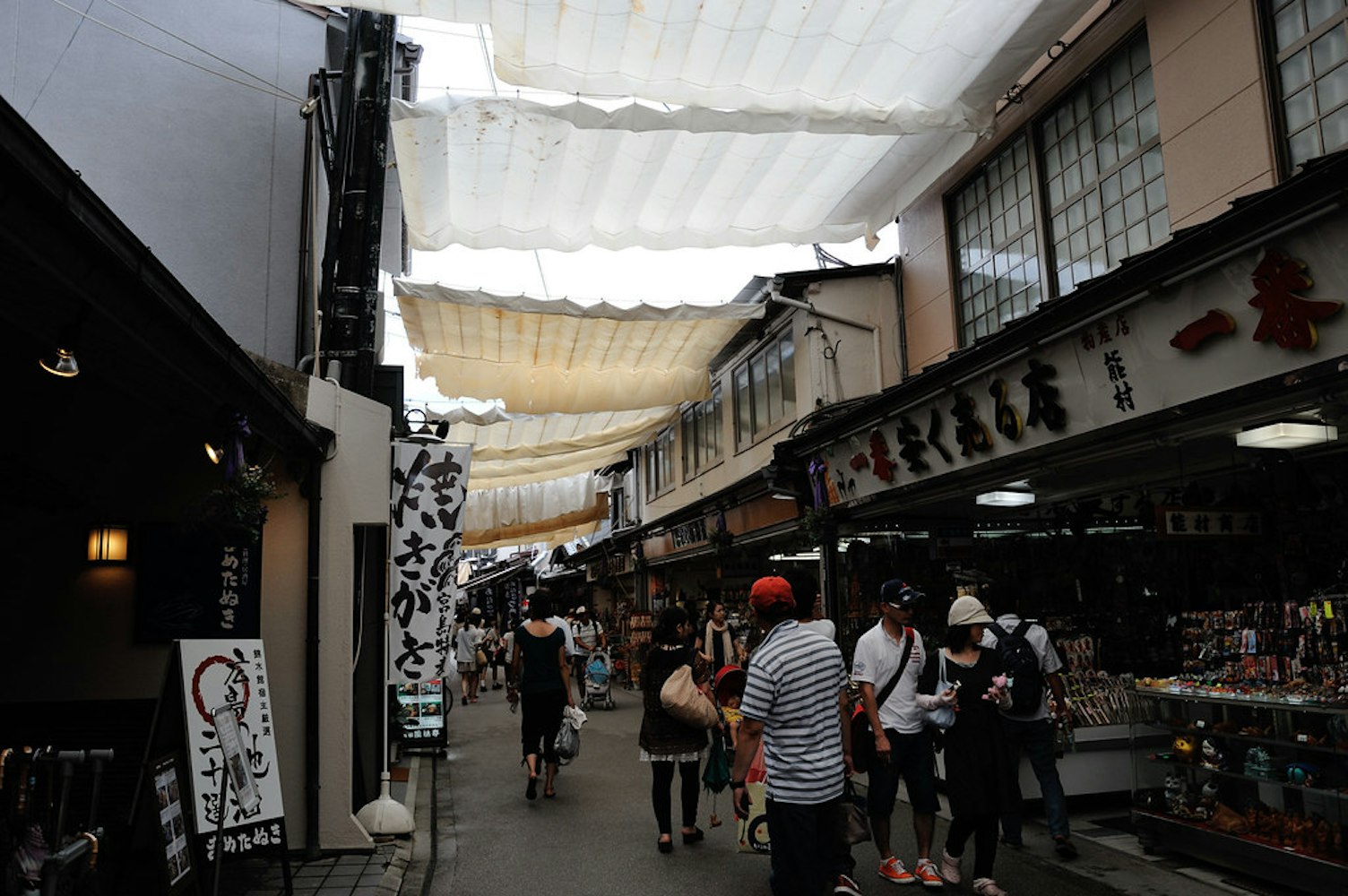
The Omotesando Shopping Street is the main thoroughfare leading from the ferry terminal to Itsukushima Shrine. This bustling street is lined with traditional shops, restaurants, and street food vendors, offering a sensory delight of sights, sounds, and aromas.
You can indulge in local specialties such as grilled oysters, a delicacy harvested from the nearby sea, and Momiji manju, sweet cakes shaped like maple leaves filled with red bean paste, or other flavors like custard and chocolate.
Artisans demonstrate traditional crafts, allowing visitors to observe and purchase items like wooden rice scoops, known as shakushi, which originated on the island. The street also features souvenir shops selling calligraphy, pottery, and other handicrafts. This area provides an authentic experience of Japanese culture and hospitality, making it an essential stop for anyone visiting Miyajima.
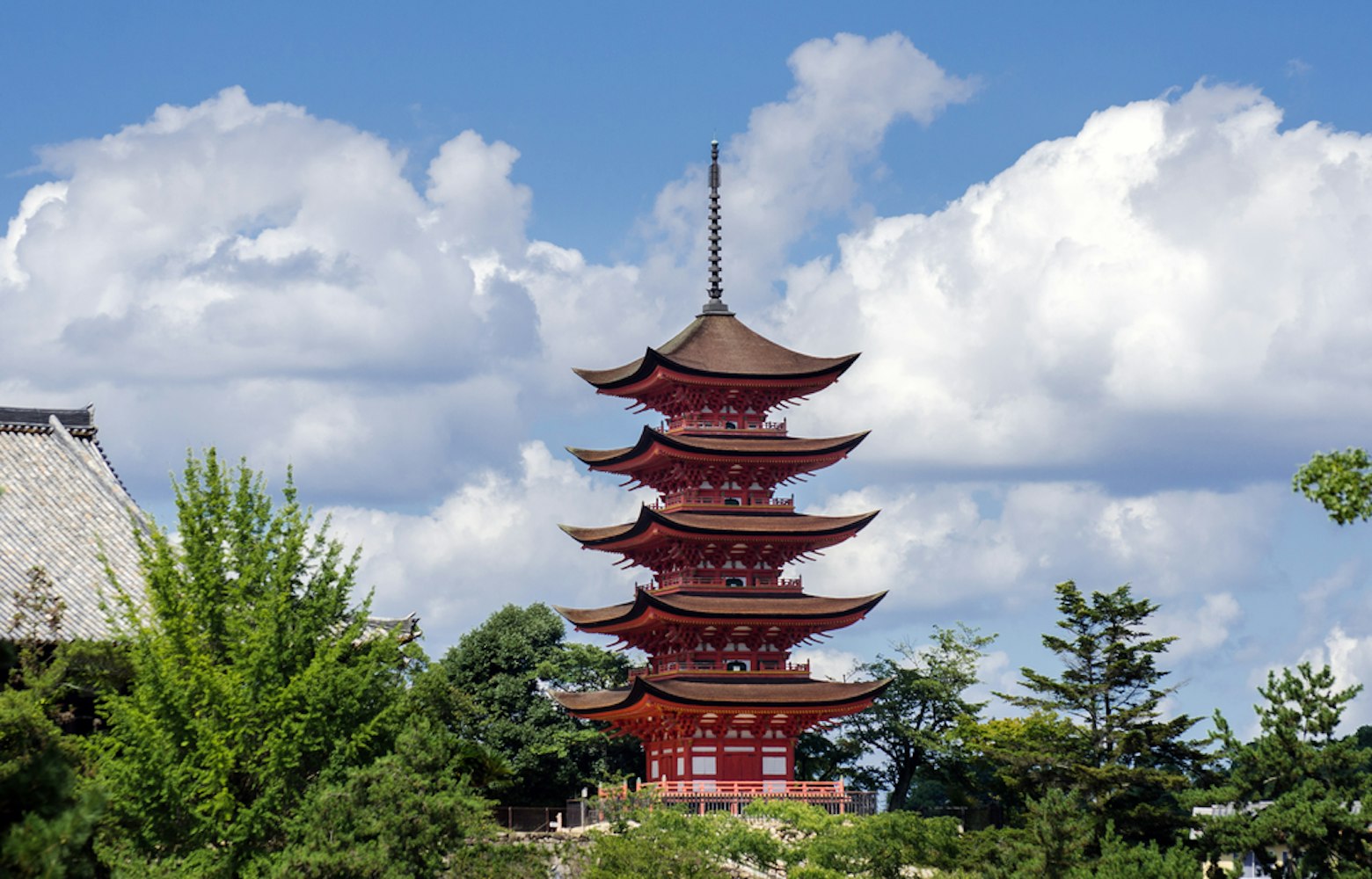
Adjacent to the Toyokuni Shrine is the striking Five-Story Pagoda, a beautiful example of traditional Japanese architecture. Built in 1407, the pagoda stands 27 meters tall and combines elements of Japanese and Chinese design.
Each level of the pagoda represents one of the five elements in Buddhist cosmology: earth, water, fire, wind, and sky. The pagoda is adorned with intricate carvings and vibrant vermilion lacquer, which has been meticulously maintained over the centuries.
Although the interior is not accessible to the public, the exterior alone is worth admiration. The pagoda enshrines the Buddha of Medicine, Yakushi Nyorai, revered for his healing powers. The structure's elegant silhouette against the backdrop of the sky and surrounding nature makes it a popular subject for photography and a symbol of Miyajima's religious heritage.
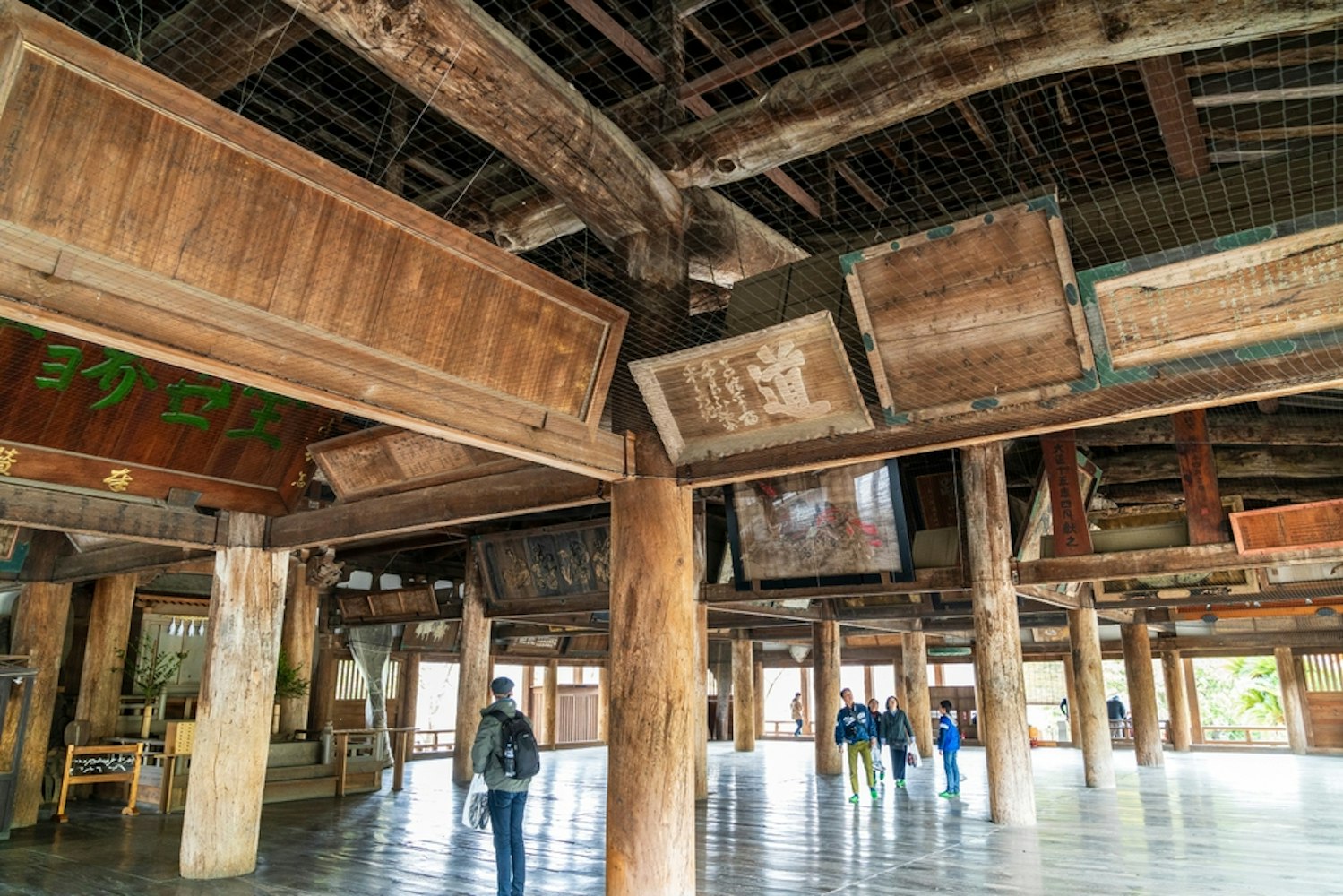
Also known as the Pavilion of 1,000 Tatami Mats, Senjokaku is the largest structure on Miyajima Island. Commissioned by the influential warlord Toyotomi Hideyoshi in 1587, the building was intended as a library for the chanting of Buddhist sutras to honor fallen soldiers.
It remained incomplete because of Hideyoshi's death in 1598 and the subsequent shift of power to the Tokugawa shogunate. The expansive wooden hall, measuring approximately 857 tatami mats in size, remains unfinished, lacking proper ceilings and walls. This gives the building an open and airy atmosphere, allowing visitors to appreciate its architectural grandeur.
Inside, numerous ema, or votive picture tablets, hang from the rafters, depicting scenes of samurai, battles, and other historical events. The combination of historical significance and architectural uniqueness makes Senjokaku a fascinating site for those interested in Japan's feudal past.
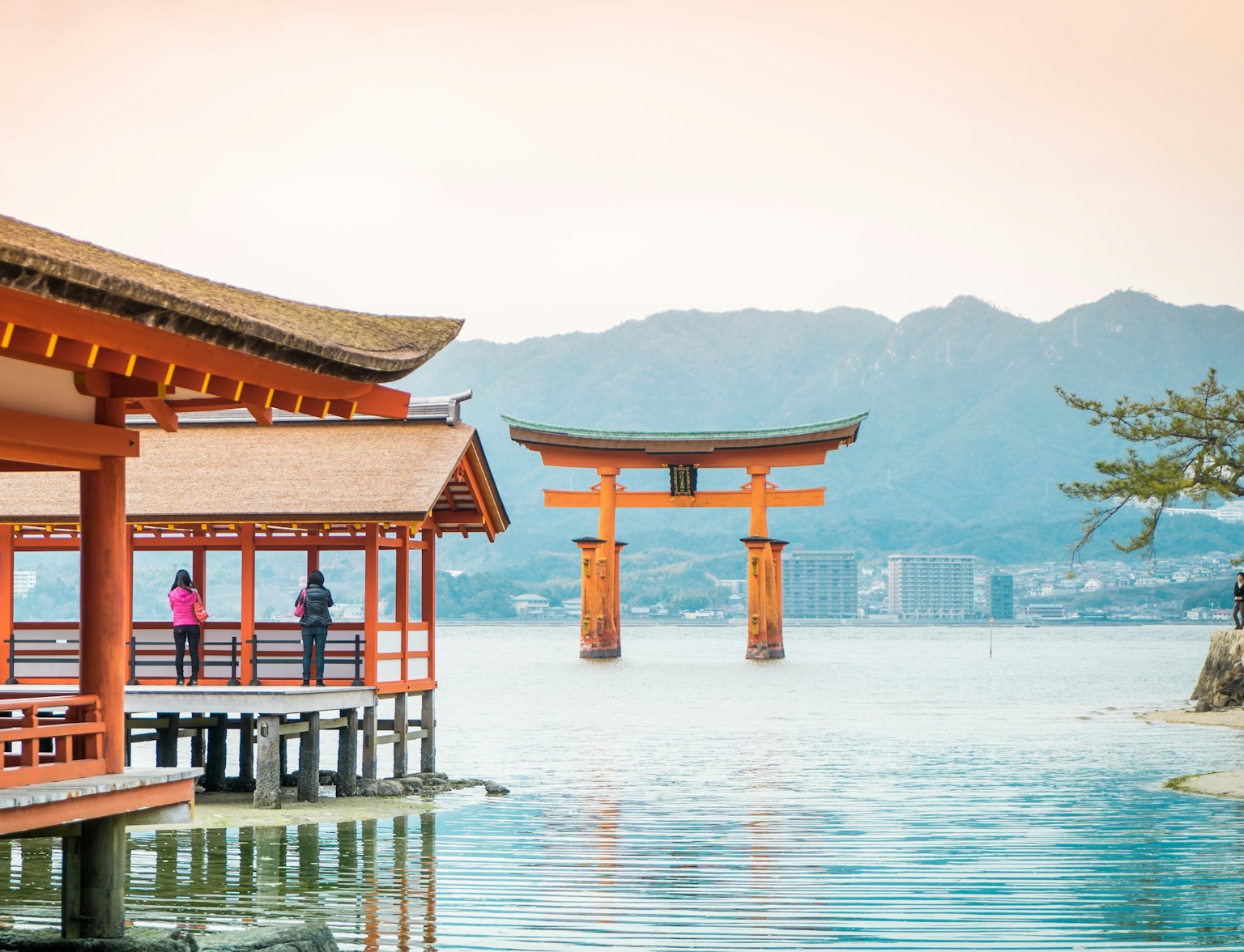
Visit this site with your chartered vehicle.
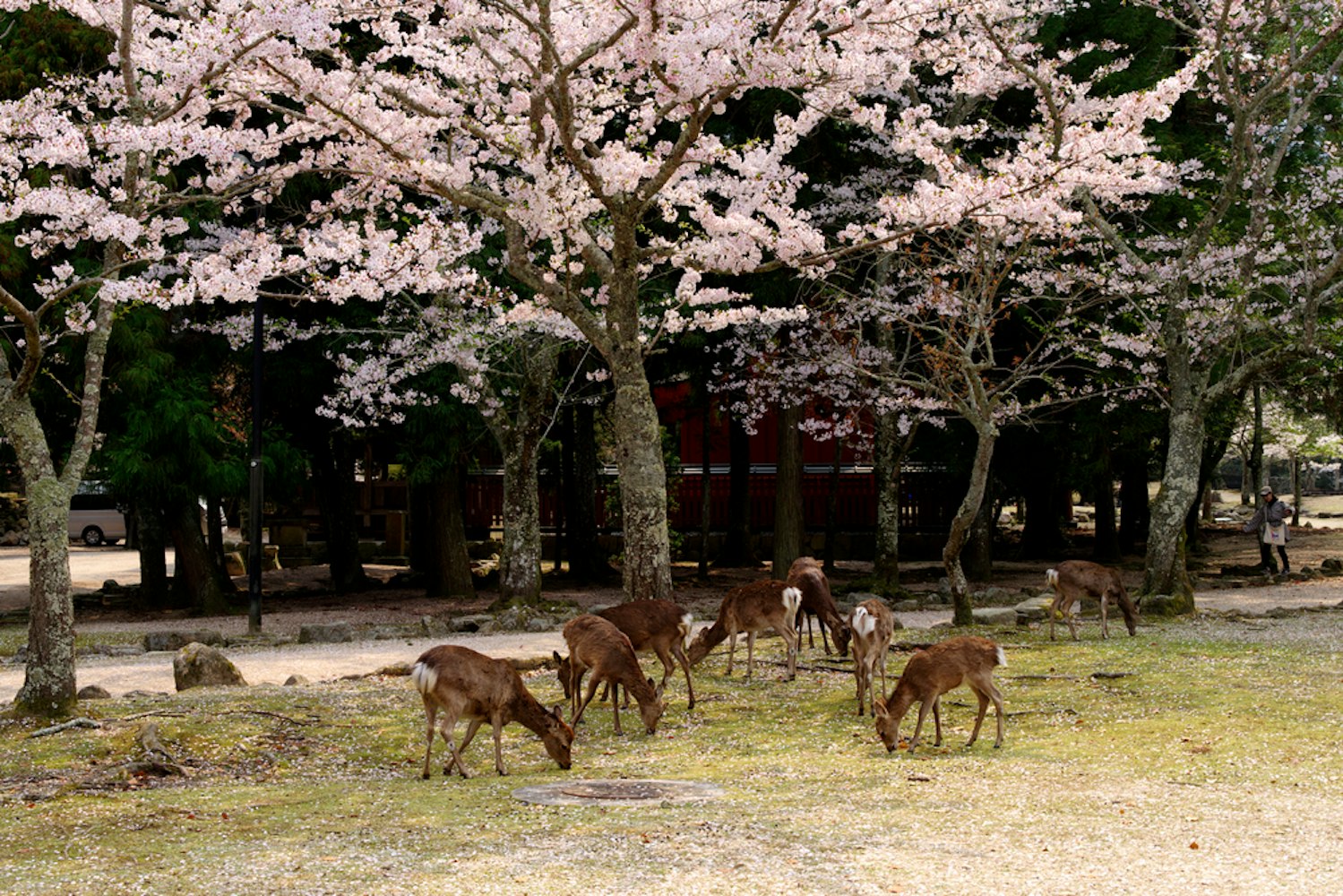
Miyajima is home to hundreds of wild deer, which have become an integral part of the island's charm. In Shinto belief, deer are considered messengers of the gods, and thus, they have been allowed to roam freely.
Historically, the deer were so revered that harming them was considered a serious offense. The deer are accustomed to human presence and can often be seen wandering the streets, parks, and even the temple grounds. They have become accustomed to bowing to visitors in exchange for food, a behavior that has delighted tourists for years.
While it may be tempting to feed them, visitors are advised to refrain from doing so to maintain their health and natural behavior. Instead, enjoying their presence and observing them in their natural habitat provides a unique and memorable experience.
The interaction with these gentle creatures adds a layer of enchantment to the island, making it feel like a place where nature and spirituality coexist harmoniously.
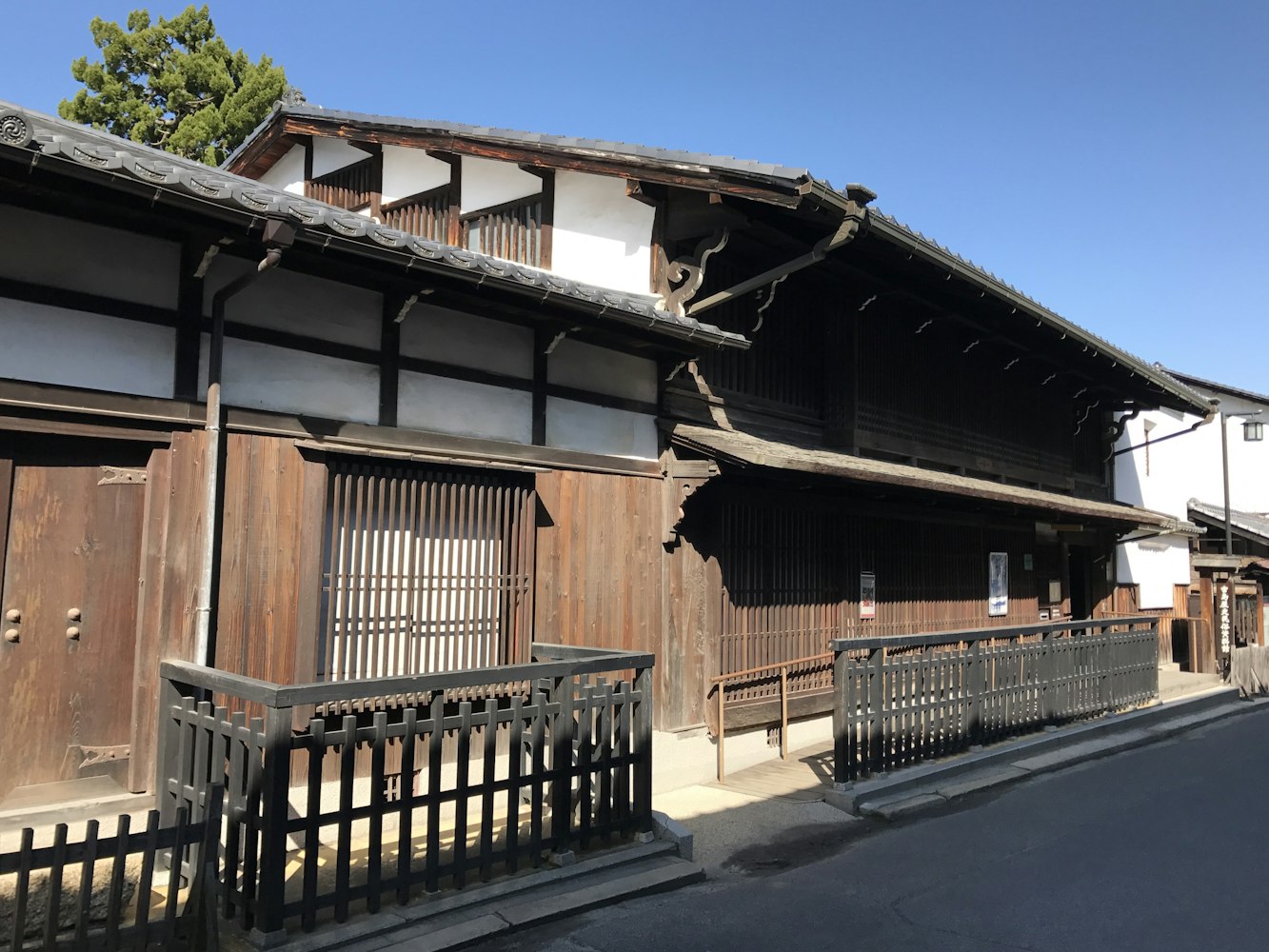
The Miyajima History and Folklore Museum offers a deep dive into the island's rich past. Housed in a well-preserved merchant's residence from the Edo period, the museum spans several buildings and courtyards.
Exhibits showcase artifacts related to the island's maritime activities, festivals, traditional crafts, and daily life of its inhabitants. Items on display include antique furniture, clothing, tools, and artworks. One of the highlights is the collection of ancient scrolls and documents that provide insights into the island's historical events and cultural practices.
The museum also features seasonal exhibitions and hosts workshops where visitors can learn traditional crafts such as wood carving and calligraphy. The preserved architecture of the building, with its tatami rooms, sliding doors, and inner gardens, allows visitors to experience the ambiance of historical Japan firsthand.
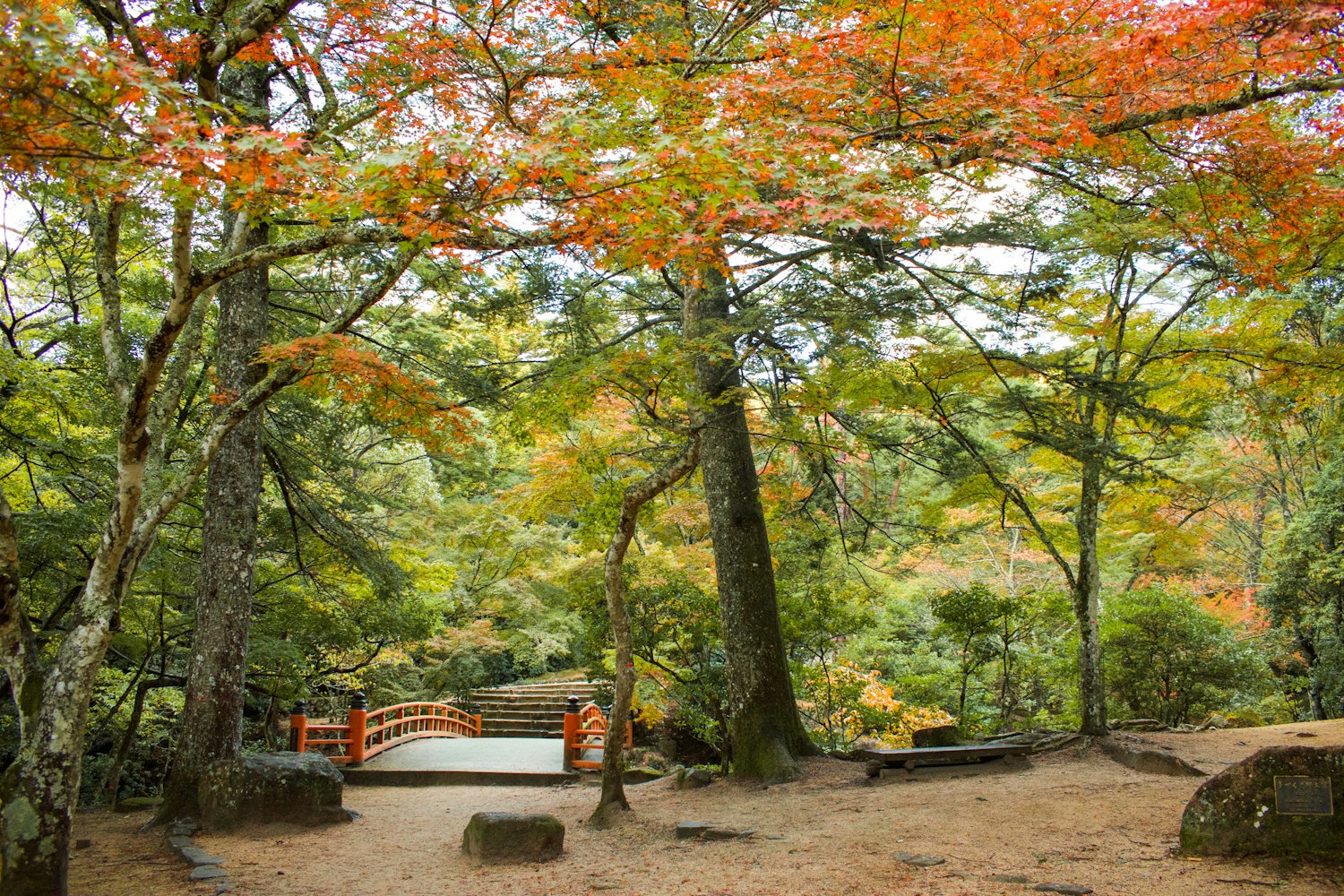
Momijidani Park, located at the base of Mount Misen, is one of Miyajima's most beautiful natural settings. The park is renowned for its numerous maple trees, which display brilliant colors during the autumn season, attracting visitors from all over Japan.
The name "Momijidani" literally means "Maple Valley," reflecting the park's defining feature. Well-maintained walking paths meander through the park, crossing over streams via stone bridges and passing by small shrines and statues.
The tranquil environment provides a perfect setting for leisurely strolls and picnics. In spring, the park is adorned with cherry blossoms, offering another seasonal spectacle. Momijidani Park serves as the starting point for several hiking trails up Mount Misen, making it a popular spot for both nature enthusiasts and hikers.
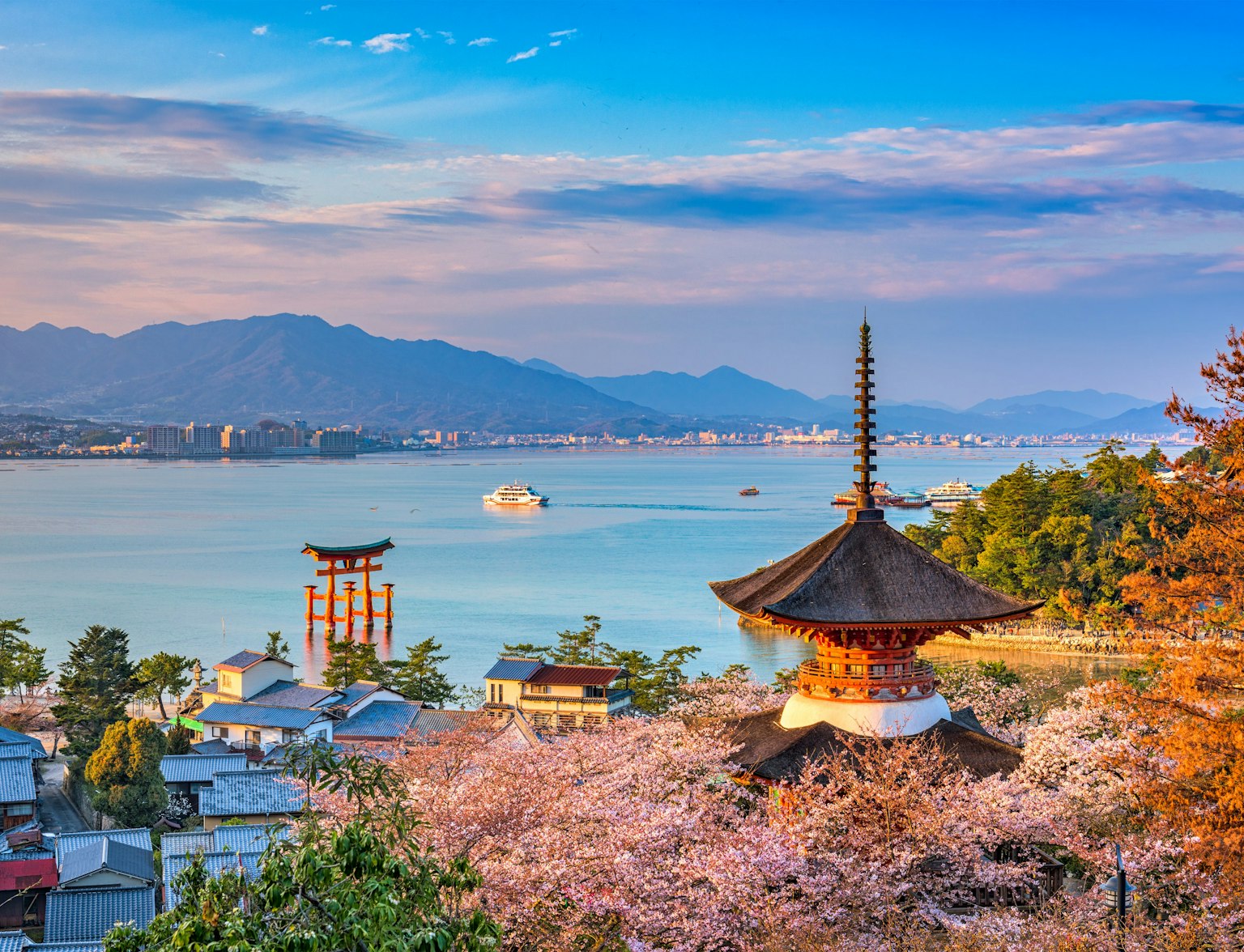
Uncover the mystique of Miyajima Island, home to the revered Itsukushima Shrine and Daishoin Temple.
Miyajima is more than just a beautiful island—it’s a place where Japan’s rich history and culture come alive. Each site, from the sacred Itsukushima Shrine to the ancient craftsmanship at the Traditional Crafts Center, offers a unique insight into centuries of tradition.
For those passionate about exploring the past, Miyajima provides a rare opportunity to connect with Japan’s heritage on a deeper level, making it a truly special destination for history and culture enthusiasts.
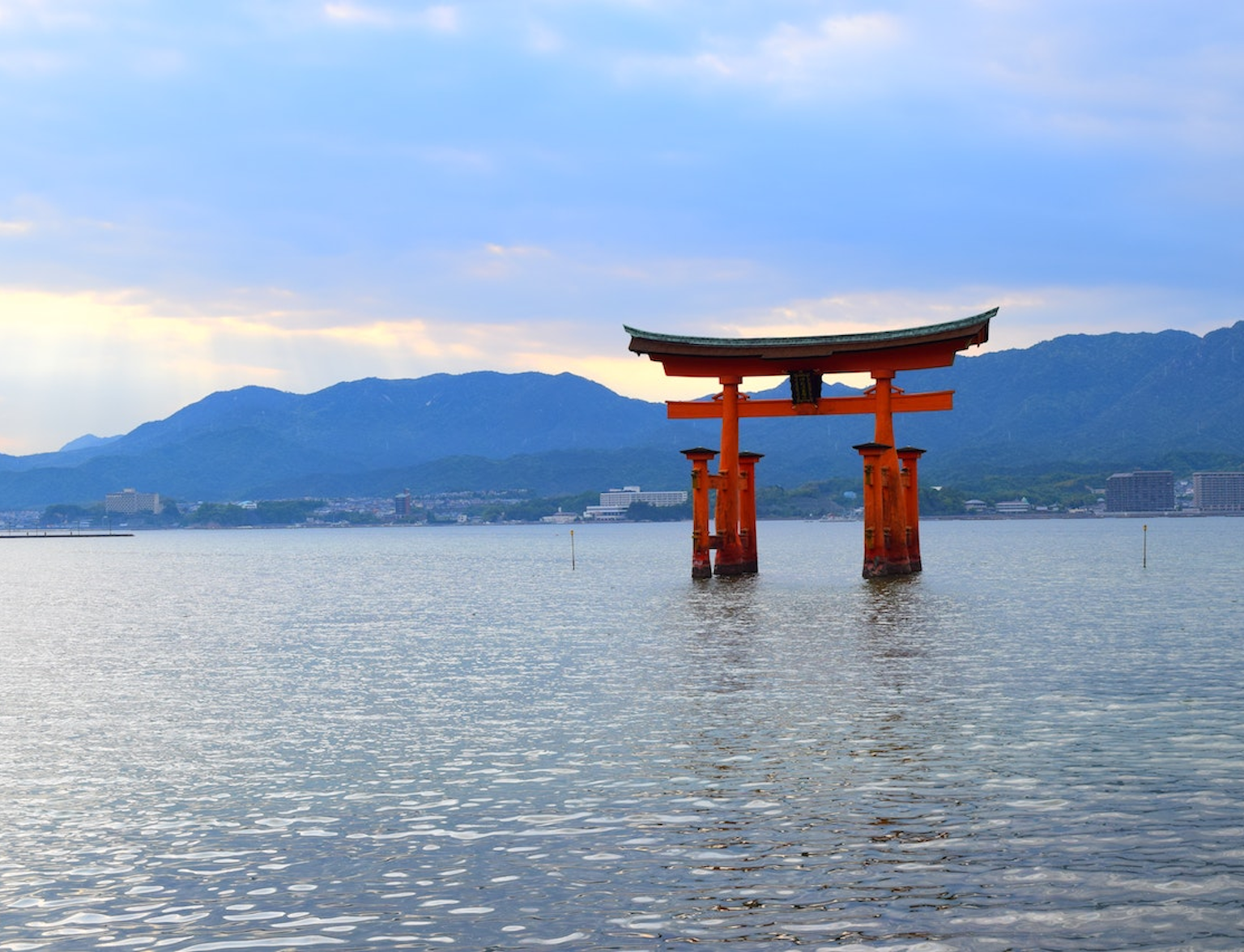
Experience the enchanting beauty of Miyajima Island on a unique rickshaw tour.
